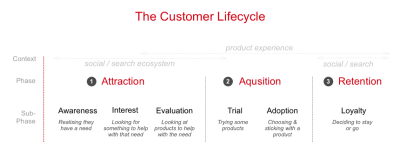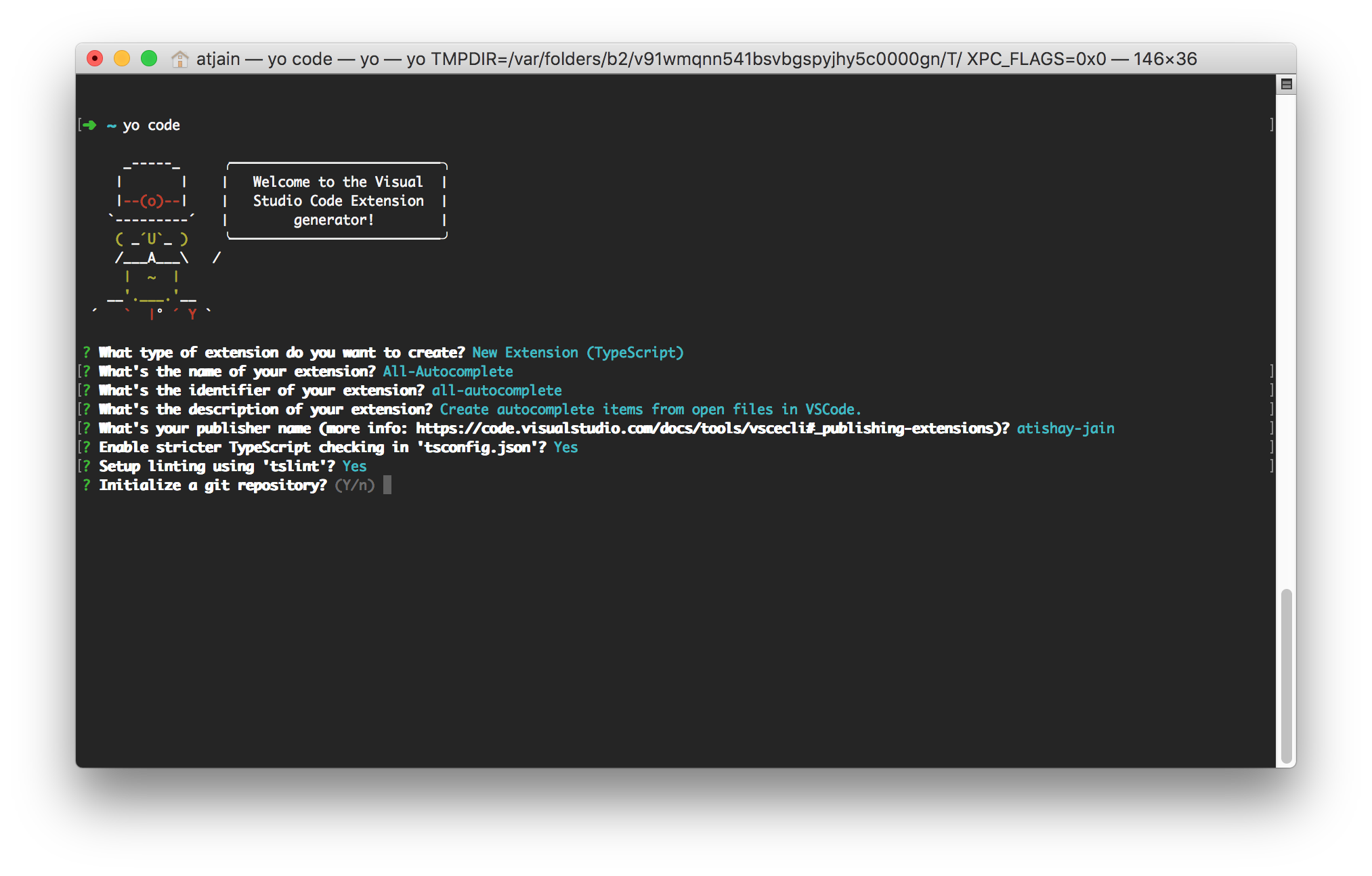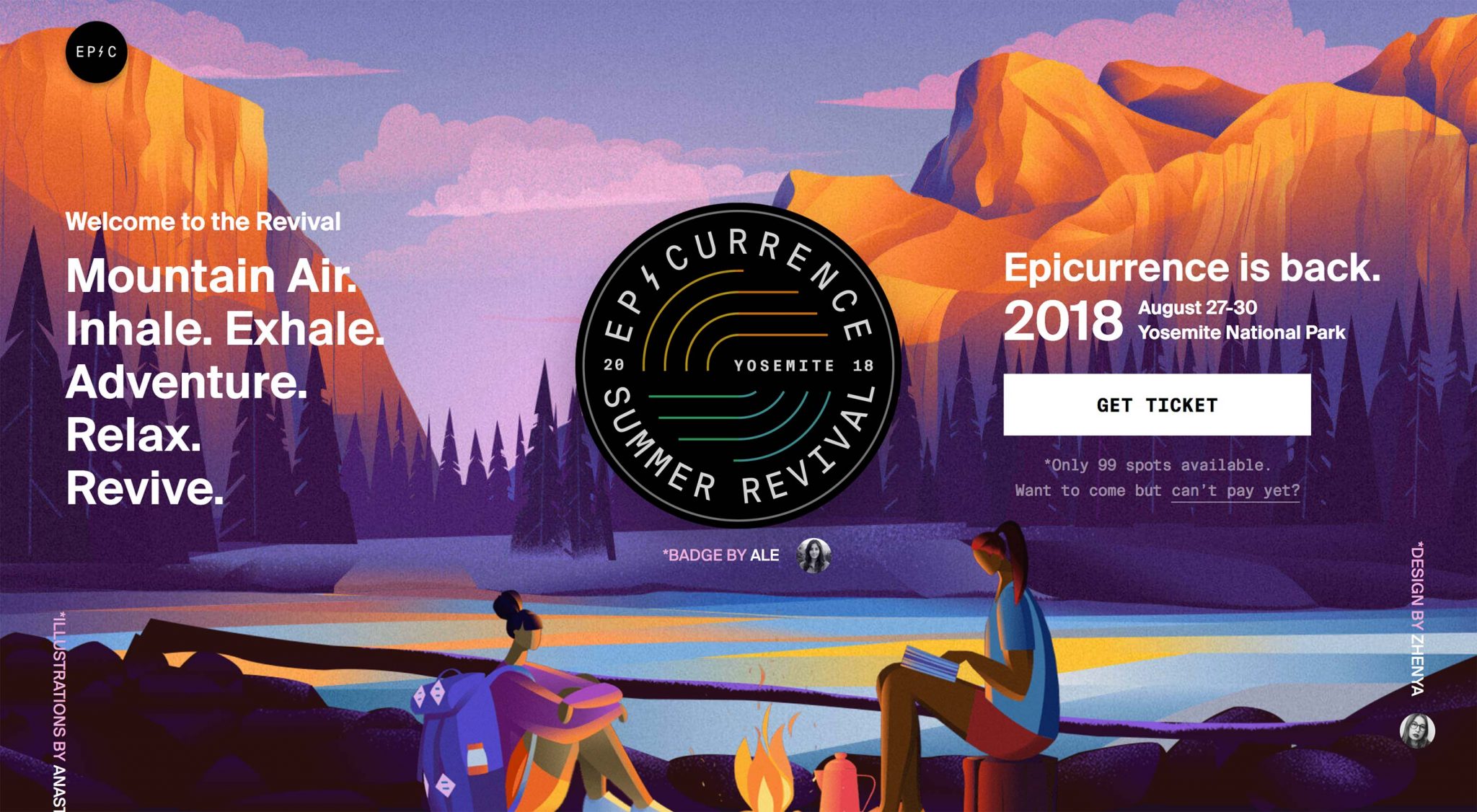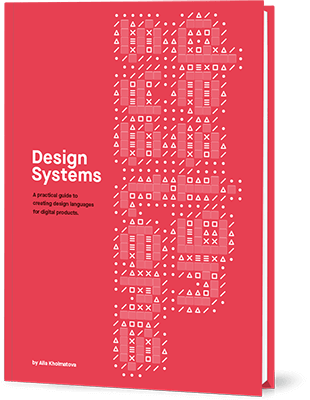ABeamer: a frame-by-frame animation framework
In a recent post, Zach Saucier demonstrated the awesome things that the DOM allows us to do, thanks to the <canvas> element. Taking a snapshot of an element and manipulating it to create an exploding animation is pretty slick and a perfect example of how far complex animations have come in the last few years.
ABeamer is a new animation ecosystem that takes advantage of these new concepts. At the core of the ecosystem is the web browser animation library. But, it's not just another animation engine. ABeamer is designed to build frame-by-frame animations in the web browser and use a render server to generate a PNG file sequence, which can ultimately be used to create an animated GIF or imported into a video editor.
First, a little about what ABeamer can do
A key feature is its ability...







